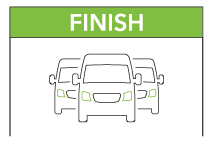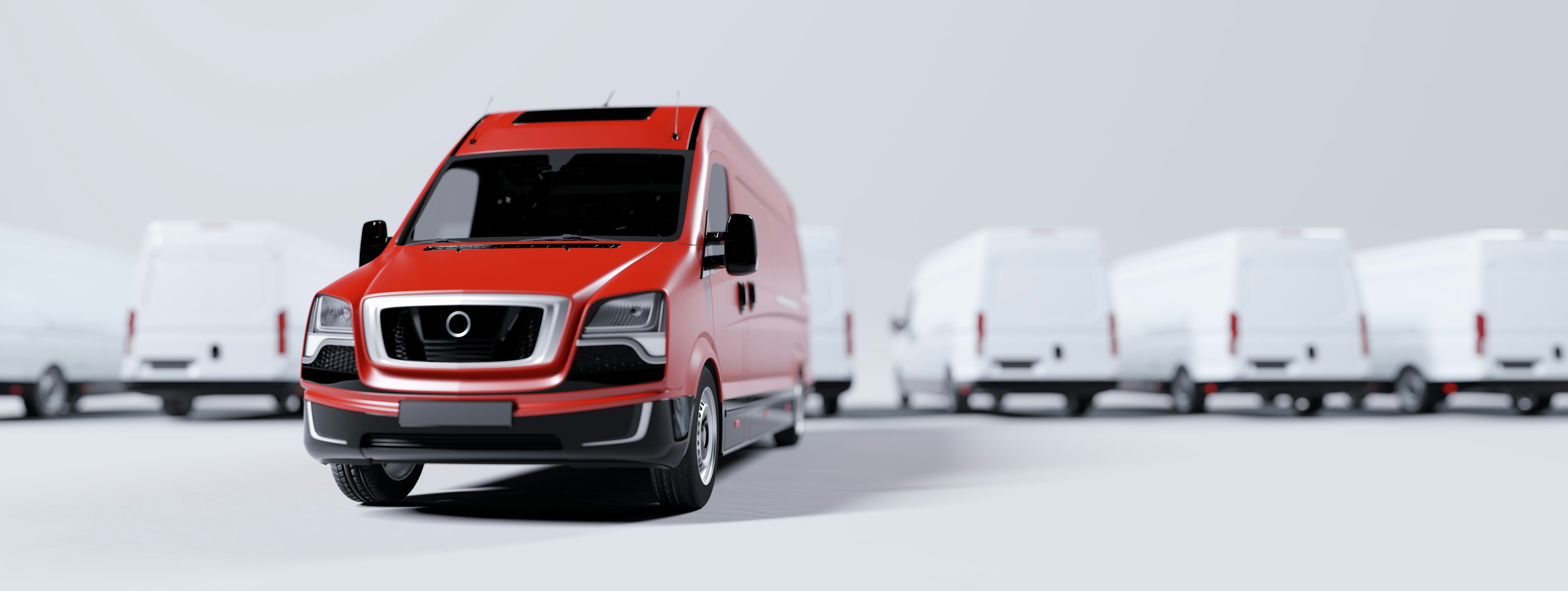Total cost of ownership (TCO) is one of the fleet industry’s most popular terms. It pops up in just about every discussion and is often talked about as if it’s one, unchanging thing serving one purpose. But TCO fleet management is more nuanced and layered.
“Let’s look at the iceberg analogy. We all know what sank the Titanic. When it hit an iceberg in 1912, it wasn’t the part bobbing visibly in clear view above the water line; it was the other 90% hidden below the surface,” said Joe Voors, national Client Partnership Manager at Mike Albert Fleet Solutions. “It’s the same thing when evaluating a fleet's TCO: there is more to it than what first meets the eye. If not considered, hidden factors can generate surprises and complications when it comes to calculating and understanding a fleet’s true TCO.”
To avoid this, Voors and his colleagues at Mike Albert believe the following three considerations are essential to any successful vehicle total cost of ownership analysis that accurately sums up your fleet management costs.
“In any TCO calculation, it’s only necessary to focus on those variable elements that make a real difference.” -Joe Voors, Client Partnership Manager, Mike Albert
 Keep the end in mind.
Keep the end in mind.
“There are different reasons why you would run a TCO analysis,” said Voors. “We like to start with the end in mind.” For example, is the purpose of running a vehicle life cycle cost analysis as a financial modeling exercise? Is it to help identify the optimal replacement time for a vehicle? Is it an ownership versus lease net present cash flow analysis? Voors said that keeping the end in mind can help create the most appropriate and relevant formulas for arriving at your vehicle total cost of ownership.
Furthermore, question if you really need to concentrate on insurance if you’re simply running a vehicle selection TCO analysis. “All vehicles need insurance, so in this case, unless we’re talking about an ultra-luxury executive vehicle class comparison, it doesn’t help to get stuck in analysis paralysis on a non-discriminating data set,” he said. “In any TCO calculation, it’s only necessary to focus on those variable elements that make a real difference.” This is where, according to Voors, getting too attached to established formulas and checklists can lead you off course.
 Gather all the data.
Gather all the data.
Joe has worked with fleet owners who had previously made vehicle acquisition decisions based on the lowest price but forgot to include such factors as residual values, maintenance expenses, and operational costs. “You can’t forget about the ‘total' in TCO.”
There are many ways that wrong assumptions and incorrect equations can lead to poor decisions. Omitting critical data and variable inputs is commonplace. A persistent error in the industry is overlooking the cost of depreciation, which is ironic since it’s the largest vehicle expense by far.
 Avoid personal or anecdotal biases.
Avoid personal or anecdotal biases.
A conclusion drawn from a total cost of ownership (TCO) analysis is only as good as the accuracy of the data and the validity of the assumptions made about the future. “As with all data-driven processes, it’s ‘garbage in, garbage out’.” Accuracy is essential. Period.
But even accurate data can lead to the wrong conclusions when personal biases are allowed to creep into the analysis. “We’re all human and have a tendency to see in data what we want to see,” said Voors. “Perhaps someone has a particular vehicle they like and want it selected. This can skew the data in subtle ways. So can anecdotal influences that may ring true on the surface, but that the data suggests are incorrect.”
Take vehicle selection modeling, for example. It’s critical to use a statistically significant data set to run a side-by-side comparison on those elements identified as essential, such as acquisition costs, incentives, maintenance and fuel operating costs, and depreciation. “It’s necessary to the process that the data come from benchmarking and actual client data across tens of thousands of vehicles rather than just using the ‘voice of one’ data."
If you keep these three critical considerations top of mind, your TCO calculations will do just what they’re designed to do—help you make the best, smartest decisions for your fleet.

 Keep the end in mind.
Keep the end in mind. Gather all the data.
Gather all the data. Avoid personal or anecdotal biases.
Avoid personal or anecdotal biases.

